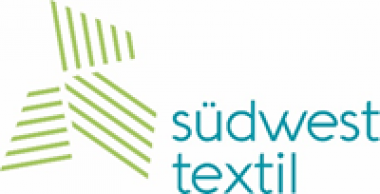KONGSBERG and HEXCEL sign long-term partnership agreement
Kongsberg Defence & Aerospace AS (KONGSBERG) and HEXCEL Corporation (HEXCEL) have signed a long-term partnership agreement at the Paris Air Show for the supply of HexWeb® engineered honeycombs and HexPly® prepregs for KONGSBERG’s strategic production programs over a five-year period.
HEXCEL is a leading global manufacturer of advanced composite materials and lightweighting solutions for the aerospace sector and offers a broad and evolving product portfolio, including materials designed for Defence and Space, commercial aerospace and industrial applications.
“This partnership agreement is a reflection of HEXCEL and KONGSBERG’s strong relationship over many years and the company’s joint commitment to partnering for the future. The agreement provides a solid base for Kongberg’s production program for several years to come.” says Terje Bråthen, EVP Aerostructures & MRO at Kongsberg.
Thierry Merlot, HEXCEL President, Europe Middle East Africa Asia Pacific, adds “We are delighted that Kongsberg has placed their trust in Hexcel as their advanced composites solutions partner. This partnership agreement secures business on key programs in the defence market for years to come”.
KONGSBERG Defence & Aerospace, a subsidiary of KONGSBERG, is Norway’s premier supplier of defence and aerospace-related systems and solutions. The company’s portfolio comprises products and systems for command and control, information, data handling and surveillance, communications solutions, space technology, missiles and remotely controlled systems. KONGSBERG Defence & Aerospace also has extensive capabilities within advanced composite manufacturing and maintenance, repair and overhaul within the aircraft and helicopter market.
Hexcel Kongsberg Defence & Aerospace AS military supplies lightweight composites lightweight technology
Hexcel
































